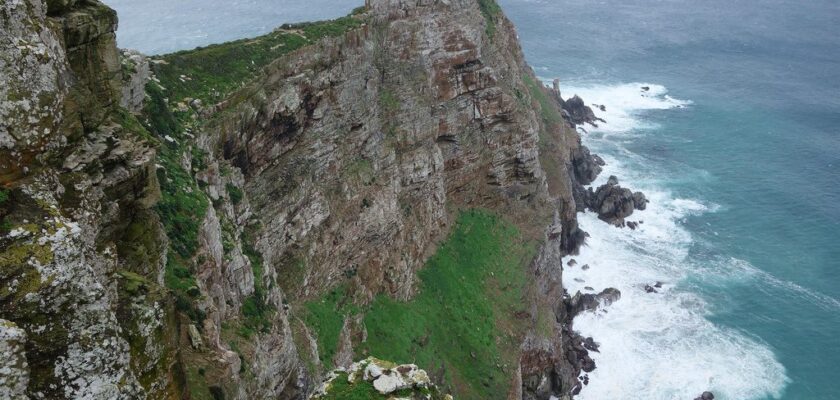Cape of Good Hope
Cape of Good Hope is Africa’s most famous cape, located in South Africa, on the Cape Peninsula. It used to be considered the southernmost point of Africa, but it was later determined that the southern point is 155 kilometers further south, at Cape Needle, due to the fact that the coastline here turns east for the first time, opening a passage from the Atlantic Ocean towards the Indian Ocean. This used to help ships get from Europe to the Far East, but now the cape remains popular for its scenery, which attracts millions of tourists.”
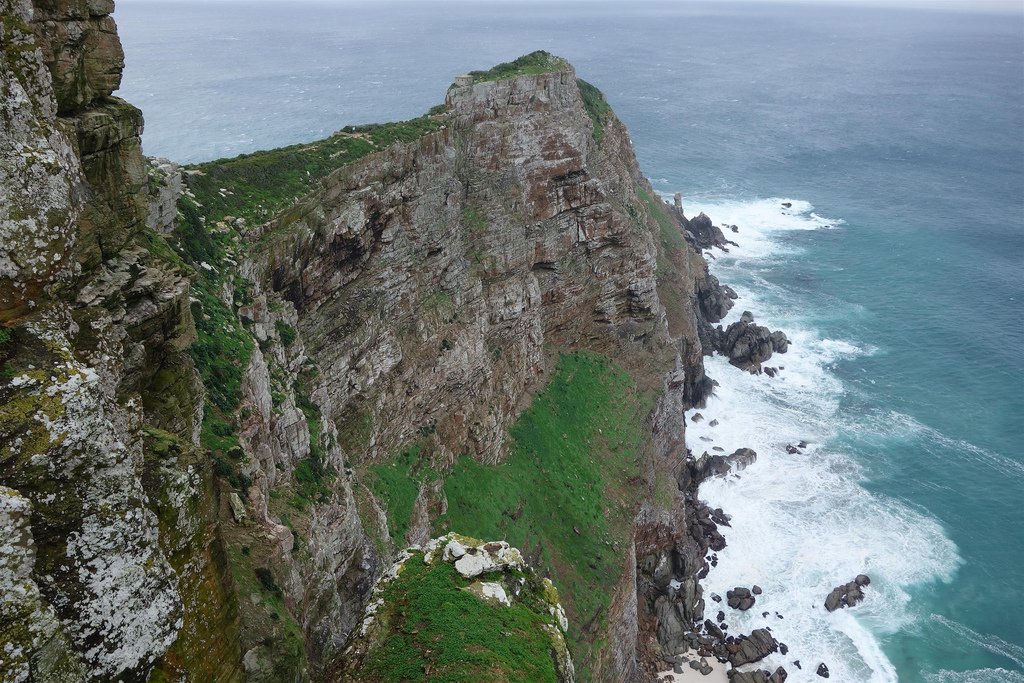
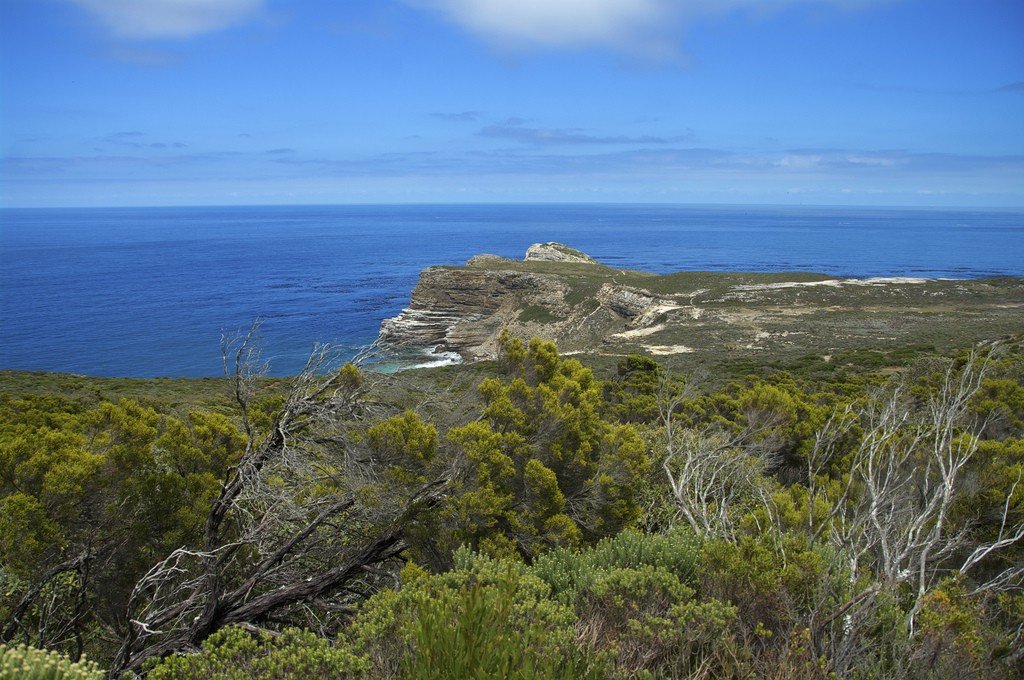
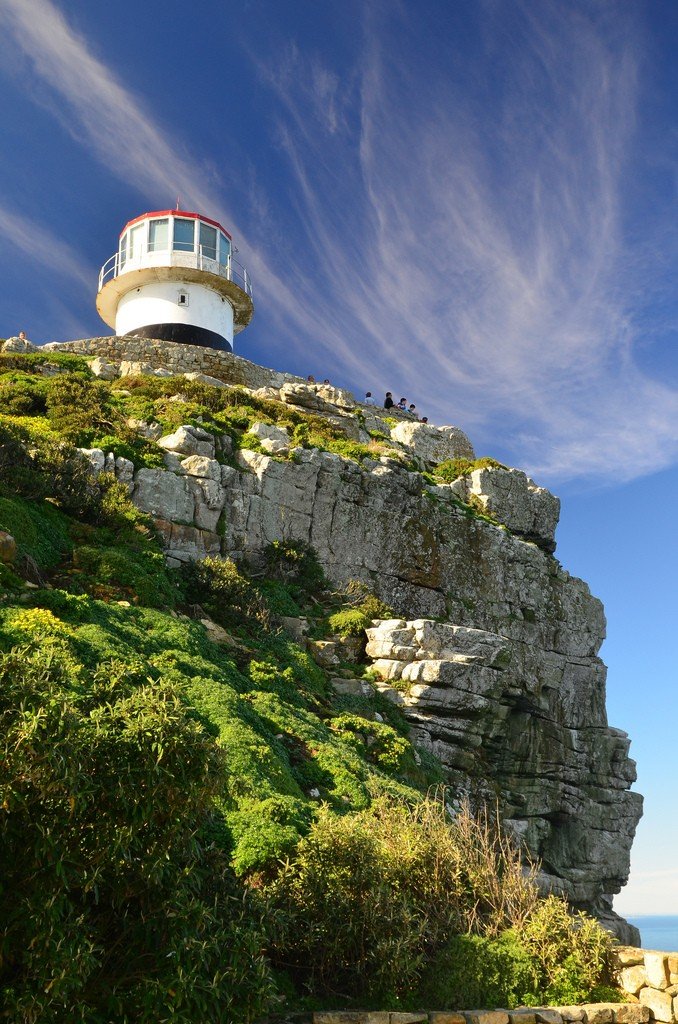
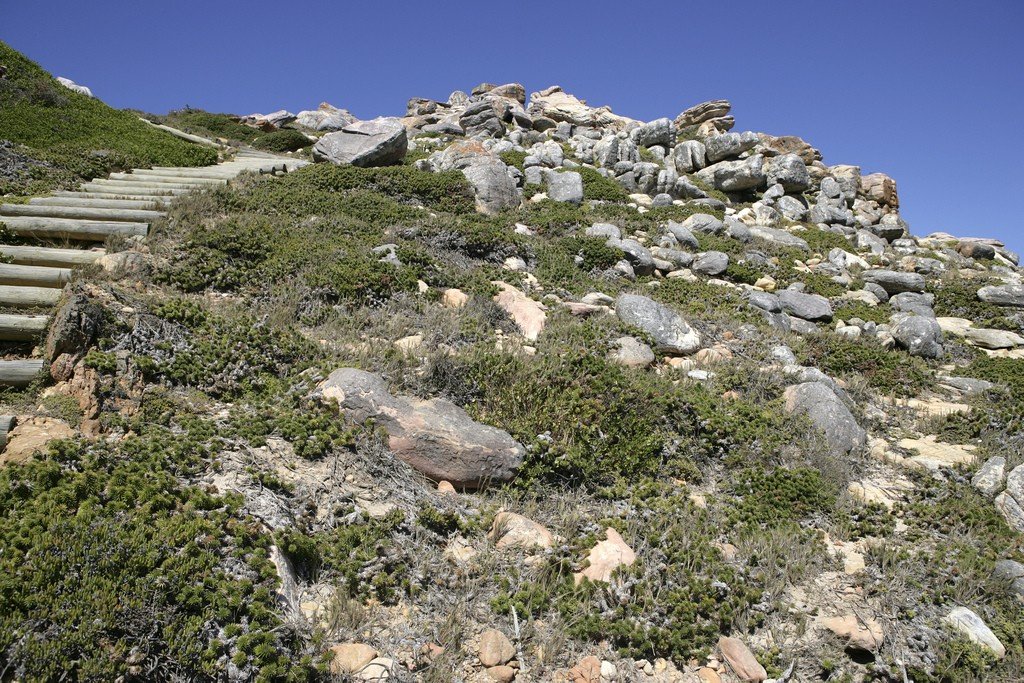
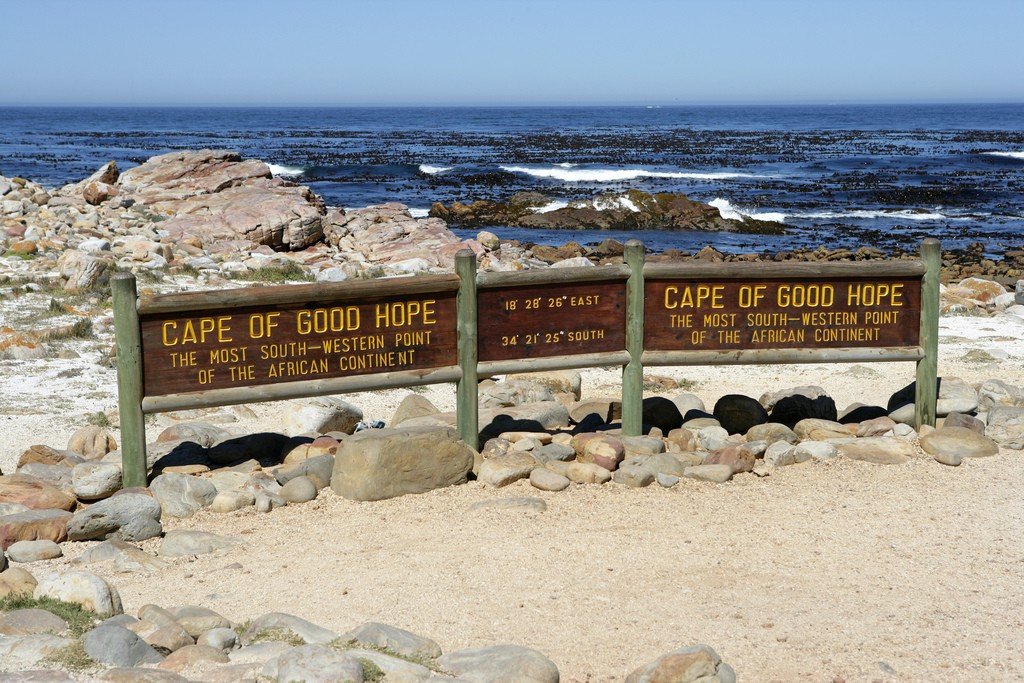
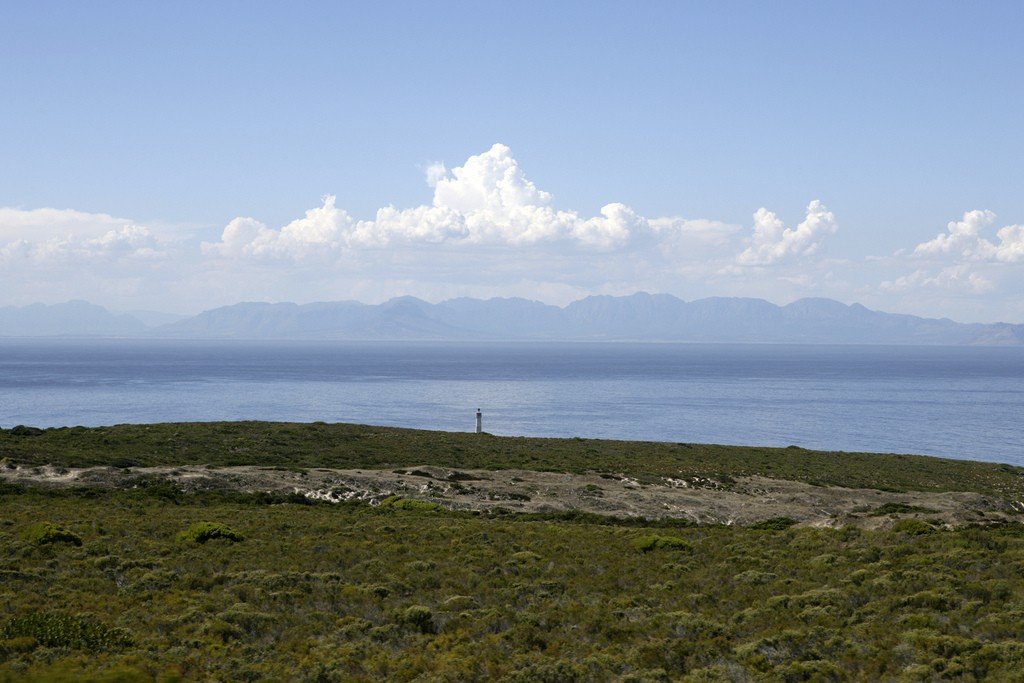
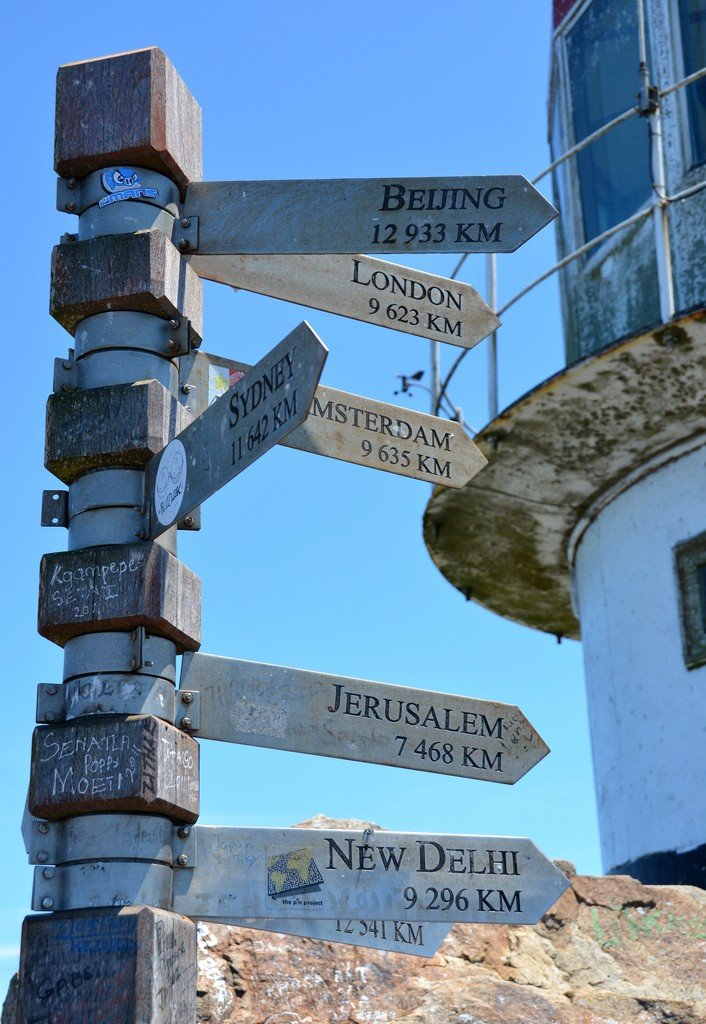
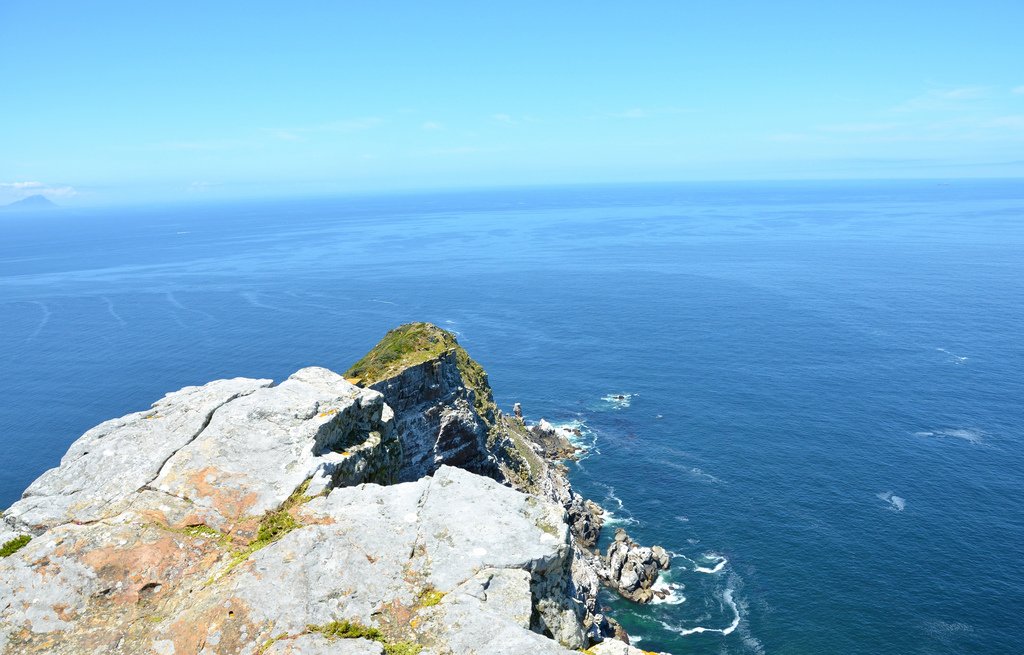
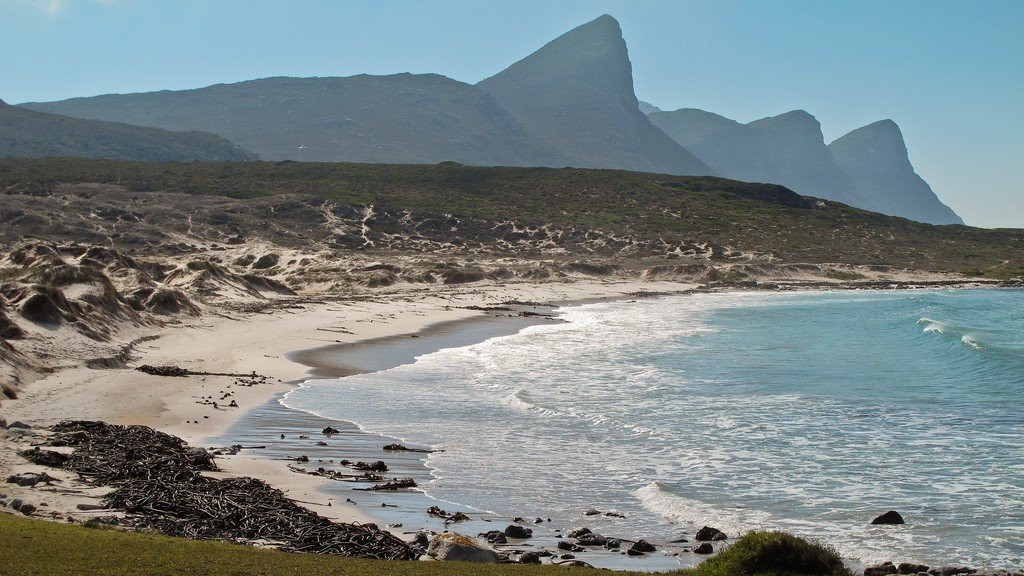
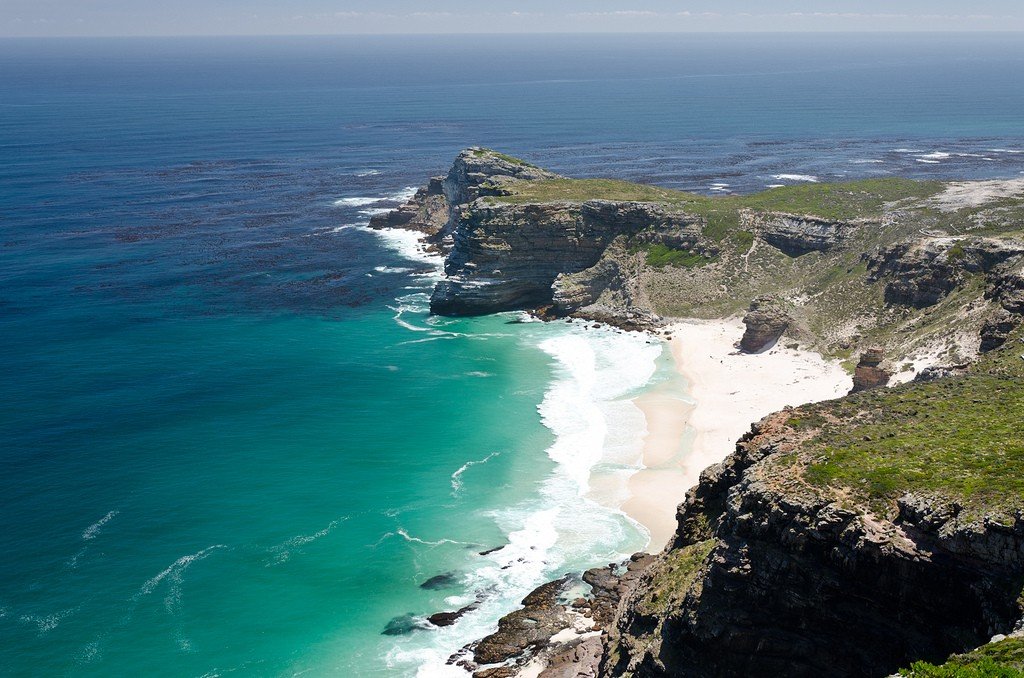
History
Bartolomeo Dias, a Portuguese navigator, was the first to circumnavigate the cape in 1488. When he was returning, he stopped at the southwest tip of Africa and named it Cape of Storms. But King John II of Portugal renamed it, calling it the Cape of Good Hope. This cape was rounded in 1497 by Vasco da Gama’s ship on its way to India. Bold voyages by Portuguese navigators allowed a sea route around the Cape, then began regular voyages, but due to the deceptive coastline and dangerous fogs, these places have seen many shipwrecks.
.
In order to reduce the risk of possible disasters, it was decided to build a lighthouse on the Cape. The first lighthouse was built in 1857, 238 meters above sea level, but it turned out to be so high that fogs and clouds covered it for more than 900 hours a year. After the Portuguese liner Lusitania was wrecked in 1911, the lighthouse was moved to another location and built only 87 meters above sea level. Construction work began in 1913 and continued for almost six years due to the difficulty of getting building materials here and unfavorable weather conditions. The lighthouse is the most powerful on the coast of South Africa. Visible at a distance of 63 kilometers, it emits three flashes of light every 30 seconds with a power of 10 million candlepower.
The area around the lighthouse
The remains of 26 ships that failed to round the cape can still be seen on the shore around the lighthouse today. One of the most famous shipwrecks was the wreck of the Thomas T. Tucker, one of hundreds of ships built by the United States to allow the Allies to transport supplies during World War II. On its maiden voyage, the ship was blown off course by fog and struck rocks.
.
The scenic area around the lighthouse consists of green hills with trails through them that descend to secluded beaches that are home to elan antelope, baboons, ostriches, and bonteboks – brightly colored antelopes. From this side of the Cape, it’s hard to even imagine the many tragedies that have happened just around the corner.
.